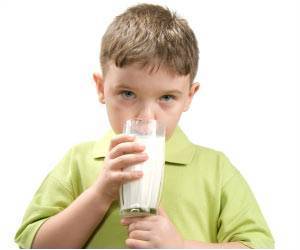A new machine learning (ML) model predicts molecular properties based on the odor impression rather than the scent from molecular data.
- Currently, olfactory sensation can be predicted with the help of only physicochemical characteristics of odorants
- A new machine learning model enables to quickly prepare the predicted spectra of odor mixtures. It also estimates the necessary mixing ratio - a crucial component of the recipe for creating novel odors
- This paves the way for custom-made perfumes
How do we Smell?
Olfactory receptors, which are expressed in olfactory nerve cells, help humans perceive scents or odorants. The molecular characteristics and physicochemical characteristics of odorants are linked to the olfactory impressions they leave on nerve cells. This enables the customization of smells to produce a desired odor impression.TOP INSIGHT
A spectra of smell combinations can be swiftly prepared with a novel machine learning model. It also calculates the appropriate mixing ratio, which is an essential step in the process of producing new smells.
Machine-learning Model to get Odor Impression
Scientists from Tokyo Institute of Technology (Tokyo Tech) have used the creative tactic of solving the inverse problem to address this difficulty. This approach predicts molecular properties based on the odor impression rather than the scent from molecular data. Machine learning (ML) models and common mass spectrum data are used to do this.“To get the odor impression, we employed a machine-learning-based odor prediction model that we had previously created. Then, using the previously created forward model, we invertedly projected the mass spectrum from odor impression,” said Professor Takamichi Nakamoto, who oversees Tokyo Tech's study project. The results were published in PLoS One.
By linearly combining the mass spectra of the individual components, the mass spectra of odor mixes can be created. This straightforward method makes it possible to quickly prepare the predicted spectra of odor mixtures as well as to estimate the necessary mixing ratio- a crucial component of the recipe for creating novel odors.
“Our analysis method demonstrates that combinations of either 59 or 60 molecules give the same mass spectrum as the one obtained from the specified odor impression. With this information and the proper mixing ratio required for a particular impression, we could theoretically prepare the desired scent,” said Prof. Nakamoto. “For example, we show which molecules give the mass spectrum of apple flavor with enhanced ‘fruit’ and ‘sweet’ impressions.
It appears that odor mixes are in for a pleasant future!
 MEDINDIA
MEDINDIA





 Email
Email




